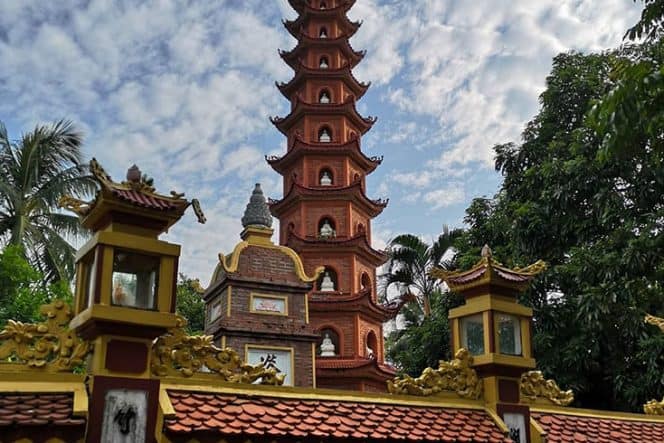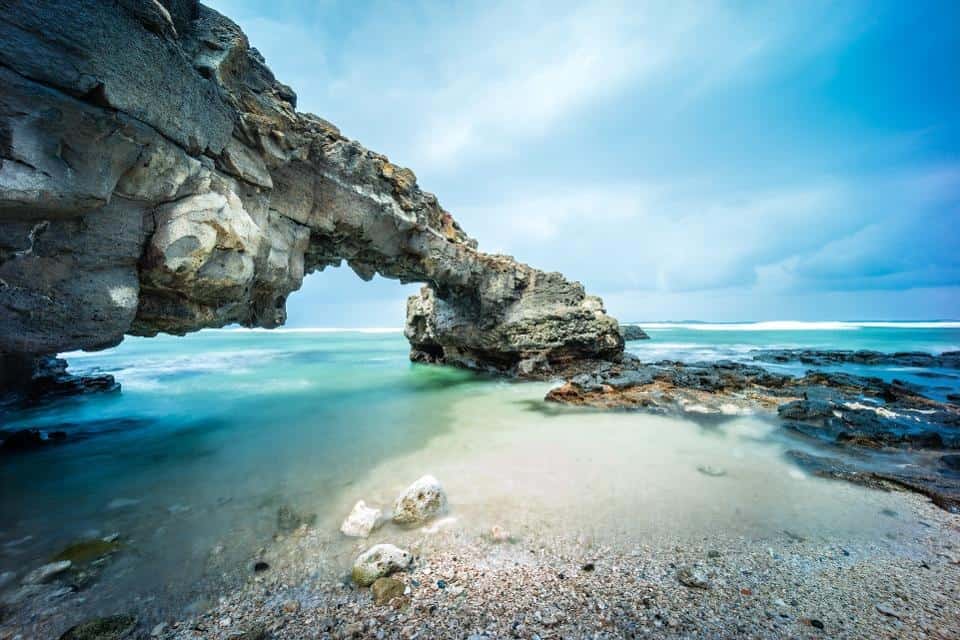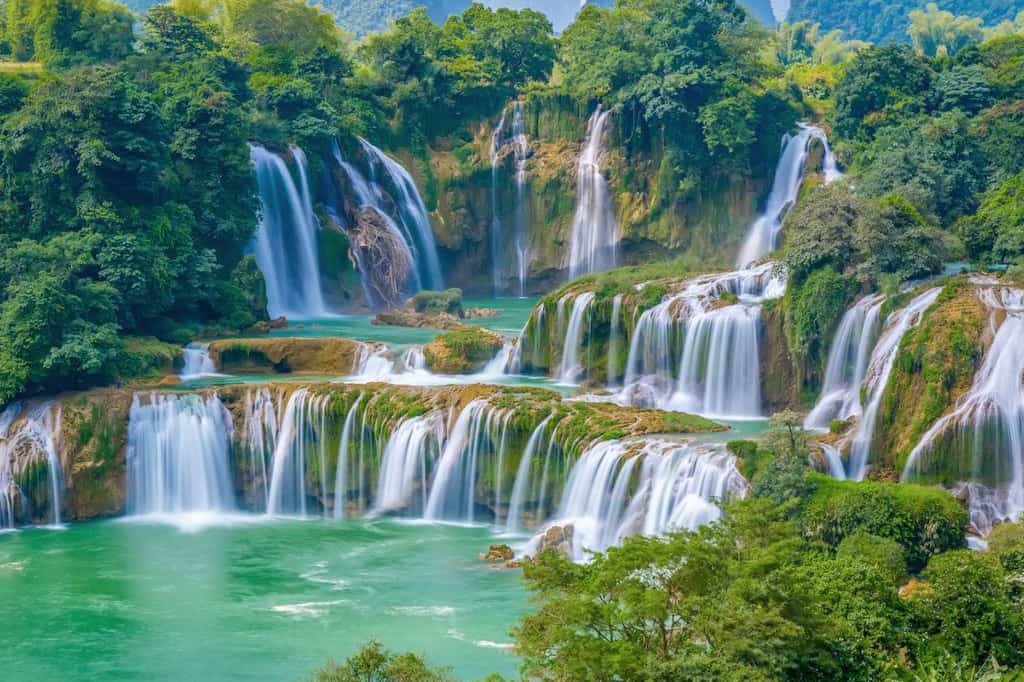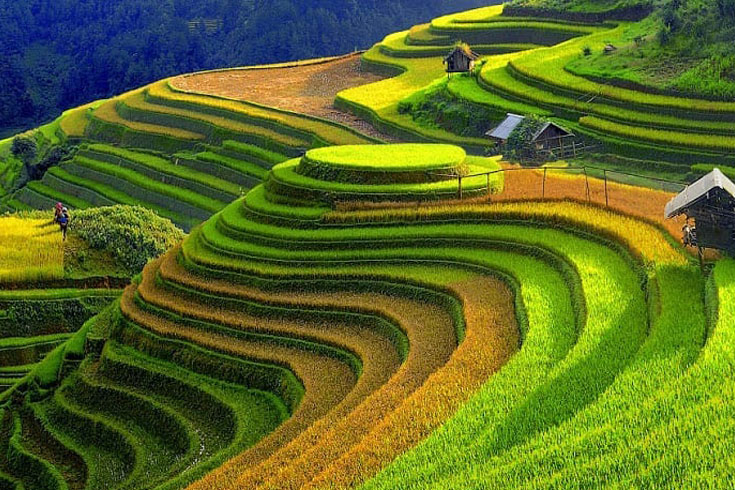Each region in Vietnam has its own culture and history, which can make tourists confused since if they merely have a certain amount of time, it would be difficult to totally discover this beautiful country’s signature. To find out solutions for this problem, tourists can check out these 11 suggestions of the best Vietnam experiences to try a multicolor Vietnam below!
1. Shopping on The Water at Cai Rang Floating Market
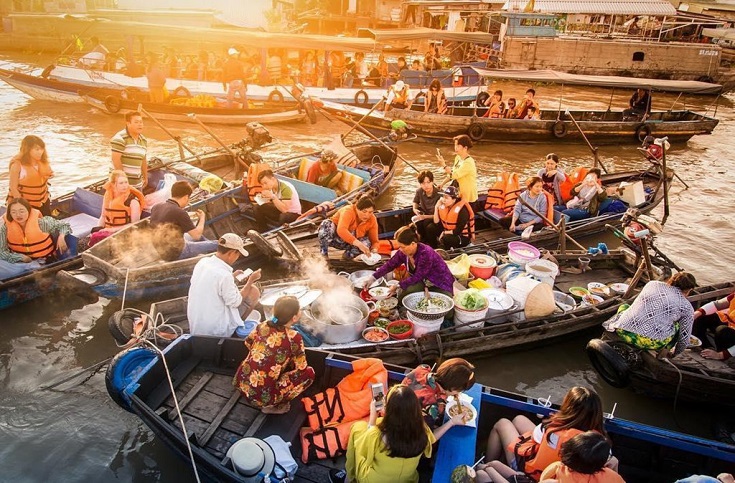
While traveling to the Southern part of Vietnam, it would be a huge omission if tourists miss the chance of going to Cai Rang Floating Market (Chợ Nổi Cái Răng), one of the most worth visiting markets in Vietnam.
As it is named, this floating market is located on Cai Rang River, roughly 6 kilometers far from the center of Can Tho City. In the past, it was formed due to the initial needs of local people as traveling by road was such a daunting challenge at that time! However, as time flies, even though nowadays the road traffic system has developed conveniently, this special market is still in operation thanks to its economic, cultural as well as tourism values. Cai Rang Floating Market has become an integral signature of Mekong Delta today.
Plus, Cai Rang Floating Market is absolutely a spectacular place to try Vietnamese traditional food such as Banh Mi, Hu Tieu or so on. It is because there are a number of floating restaurants here, with 30 -40-year-experience Chefs being always ready to serve the most delicious dishes.

For the first time visiting this unique market, tourists will be surprised by its scale. There are thousands of wooden rowboats in various sizes and shapes here. Moreover, what definitely will take the visitors’ breath away is that they seem to purchase every food which can be found in the Mekong Delta, ranging from fresh fruits to processed specialties. Each rowboat specializes in one kind of food. You can see rowboats selling pills of watermelons, pineapples or even durians such a pungent fruit that rarely can people see them being gathered in large quantities.
Traveling guide:
To start a journey at Cai Rang Floating Market as well as to be able to fully enjoy the bustling trading scene here, visitors are highly recommended to buy a boat ticket ($2-$4) or hire a boat ($30 $60). Moreover, because vendors seldom have large bills, travelers should remember to bring small bills so that they can conveniently buy food in this special market.
Travelers are suggested to get there between 6 a.m and 8 a.m in order to see the whole trading scene of the market. Visit there in the dry season if you want to try a variety of tropical fruits and be there in cool season if you are not a good heat-bearing person.
Location: 46 Hai Ba Trung, Le Binh, Cai Rang River, Can Tho, Vietnam
2. Trying the Hill Tribe Family’s Life in Sapa
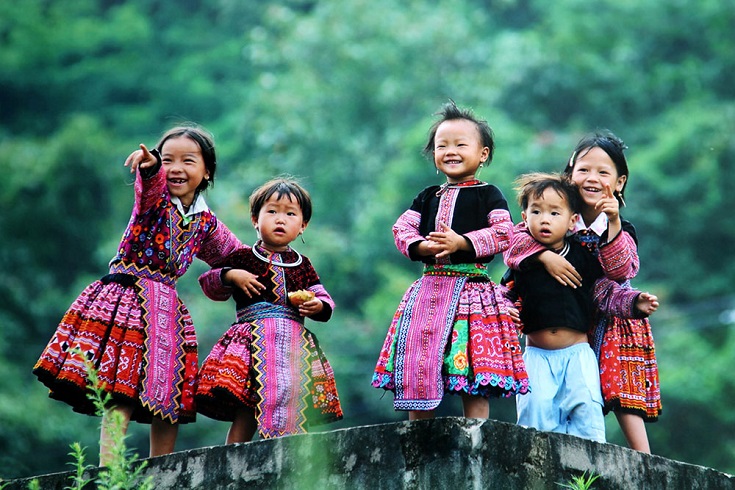
Going to Vietnam, tourists are way too similar to its popularity of various historical destinations, traditional food or breathtaking beaches as well as limestones. However, when it comes to Vietnam, it would be imperfect, not to mention the North West mountainous areas (especially Sapa), where travelers can enjoy a less touristy Vietnam, a Vietnam with basic life, simple people and colorful stuff.
Sapa is home to various Vietnamese ethnic minorities (most commonly you will find Hmong people, Jarai, Bahnar, Dzao or Thai peoples), each of which has its own language, signature handwoven costume (all of them are absolutely incredible!) as well as specific custom. Visiting hill tribe families in Sapa, travelers can not only observe their living areas (mostly stilted houses but in different architectures and structures, depending on specific ethnicity) but also immerse in their daily life.
Traveling guide:
Sapa can satisfy roughly all kinds of travelers, ranging from cultural-minded ones to adventurous ones. If you are the type of person who pays more attention to discover cultural differences, the specific lifestyle of various ethnicities here would undeniably satisfy you.
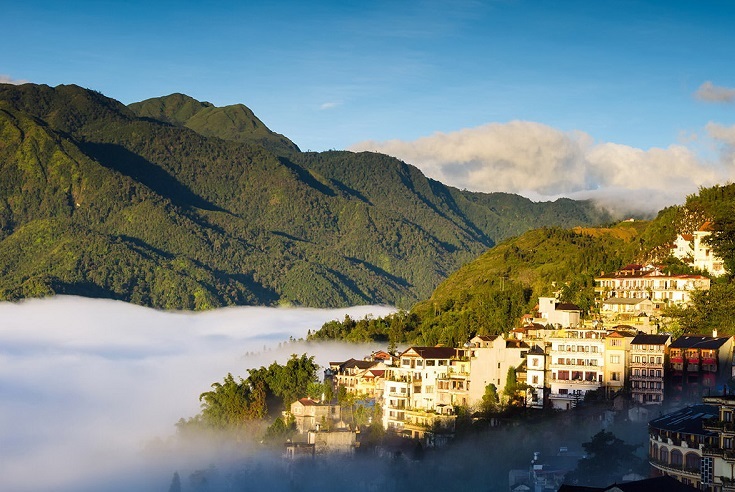
By meeting rice farmers who work on high terraces, you learn about their agriculture lifestyle; by visiting weavers and silversmiths, you know about their customs and costume; by listening to their traditional poetry, songs, and music, you discover their history and culture; and by simply trekking through majestic mountains, you enjoy the scenery of the places they call home.
Even if you are an adventure-addicted person, the experience of visiting hill tribes in Sapa can also meet your expectations. As the traffic system here is just in its infancy, the two only ways to get to the villages as well as to go sightseeing around are by bike and on foot. Adventurous tourists can enjoy the hiking experience, together with the risky feelings whenever having to transport from villages to villages of locals here. Surely, it will be an unforgettable experience!
For ones who want to book a homestay so that you can have the most genuine insight into the tribes’ lives, there would be women friendly accosting you after you reach Sapa for helping you do that. However, there are also some things to note for homestay. You have to keep in mind that: going on a homestay with ethnic people sometimes means you will have to eat simple or even local food (most of them have strange taste), use an outdoor bathroom with cold water or sleep on such a thin mattress. But, this is how most ethnic people live for years and only by trying those experiences you can totally immerse in their lives.
3. Kayaking through Halong Bay

Everyone knows Halong Bay is a breathtaking place recognized by UNESCO as one of seven World Natural Heritages. But, does anyone know that the best way to explore Halong is kayaking? Let us explore this brand-new experience!
Hiring a kayak offers travelers priceless chance of freely discovering Halong Bay’s spectacular systems of caves and calamities, as well as observing this monumental bay’s picturesque scenery in the most genuine way. Tourists can create their own journey, which allows them to go to wherever they can sail to, which no professional tour can offer them.
There are two kinds of kayaks: recreational one and sit-on-top one. The former is famous for its stability, which is suitable for tourists who has tried this for the first time, photographers or ordinary boatmen. The latter, though offers more convenient seats which is easier for travelers to step on and off, is larger in size and therefore would understandably bring beginners a bit of difficulty.
Traveling guide:
Visitors can hire a kayak with such a reasonable price of VND 40,000-50,000 (~$2) in a number of Wharfs in Halong, from Bai Chay Wharf, Hung Thang Wharf to Hong Ha Wharf and so on.
4. Riding on a Cyclo
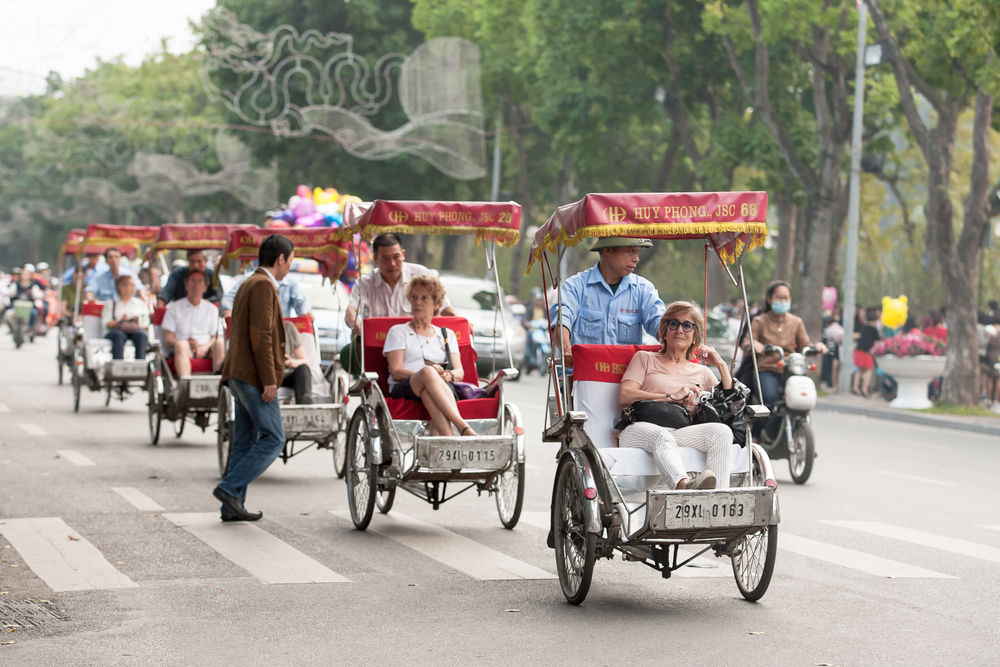
A cyclo is a specific combination of bicycle and taxi, which means you would be able to enjoy the taxi’s comfortable seats, together with the cycle’s open view of observing the city. You can find this special means of transportation in some big cities or tourist attractions, for instance: Hanoi, Hoi An,…
Because cyclo drivers are mostly native people who have lived in the city for years, going on a cyclo will provide you with a chance of listening to the city’s most authentic introduction from locals. Moreover, if you are too tired of walking but still want to explore places, Cyclo is undeniably the best choice for you. This is definitely the unique one among the best Vietnam experiences tourists should have.
5. Explore Cu Chi Tunnels
In the past, it was said that: “if Cu Chi Tunnels stand, then Vietnam will win; if Cu Chi Tunnels fell, Vietnam will fell, too.” How can these tunnels play such a vital part in Vietnamese wars against French and American? It is because these tunnels served not only as a food storage place but also as numerous bunkers, booby traps as well as bomb shelters. Visiting these places, people would have the most genuine view of Vietnamese wars in the past as Cu Chi Tunnels are such enormous War Remnants Museums.
Located about 60 kilometers away to the NorthWest of Ho Chi Minh City, Cu Chi Tunnels’ initial construction was said to begin in 1948 by Viet Minh soldiers in the resistance against French. During war periods, these Tunnels served as the only and integral means of communication between places and places, the only “peaceful” places for hospitals, schools as well as kitchens. Roughly all daily activities of soldiers and residents were conducted here. What’s more surprising, these places were also utilized as an unpredictable way of infiltrating Saigon for Vietnamese sabotage teams and agents in the warring time, which certainly contributed to Vietnamese’s victory.






